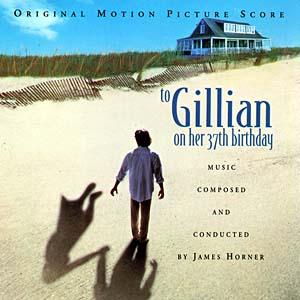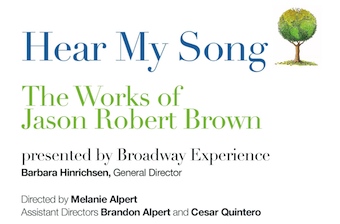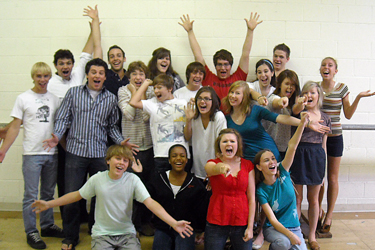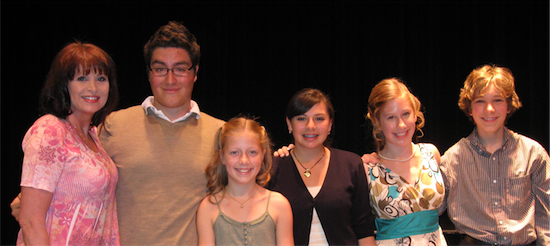By
Melanie Alpert
|
voice
I came across this article in Backstage, about the work of one of the most well respected vocal pathologists in the world, Dr. Ingo Titze. I’ve been following his work for several years through my involvement with the National Association of Teachers of Singing, but also on another level. I went to school with him, and we even shared the stage together as soloists in the Bruckner Te Deum!
Some of this is technical stuff, but it’s well worth the investment in reading it carefully. I hope you all do. Please make special note of the section called New Therapies, as he talks in detail about the use of “the straw”!!!
Reprinted from Backstage Magazine: January 2009
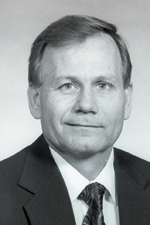
Dr. Ingo Titze
Vocal Ease
Keeping Your Voice Healthy for Life
January 08, 2009
By John Henny
There have been great advances in recent years in the field of voice research. This new knowledge is helping voice teachers and speech-language pathologists, actors and singers keep voices healthy for a lifetime.
The National Center for Voice and Speech is at the forefront of this cutting-edge research. Led by Dr. Ingo Titze, the NCVS is a nonprofit organization with locations in Denver and Iowa.
The Tired Voice
Of particular concern to Titze are people who use their voices a great deal professionally. “We’re interested in how voices fatigue,” he says. “Teachers who talk six, seven hours a day in a monologue style face a lot of vocal fatigue.” To gather real-world data, the NCVS developed a small instrument called a vocal dosimeter, which is worn by the test subject throughout the day to record vocal events. “We can determine every time the vocal folds begin to vibrate and when they stop vibrating,” says Titze. “We have shown that the vocal folds collide or vibrate on the order of a million times a day for a busy teacher. The vocal folds will also come together and apart around 10 to 20 thousand times a day. That’s similar to what the finger movement would be for a stenographer who types all day.”
The Bioreactor
Another main project at the NCVS is working in the lab with human tissue and exposing it to the same forces that would be found in a person. To do this, researchers use a machine called a bioreactor, which exposes cells and the tissue they live in to mechanical stresses, simulating what teachers, actors, and singers expose themselves to. “We then take the cells and examine them and the matrixes around them,” Titze explains. “Whenever a cell is stressed from its environment, it wants to make protein products that help to buffer these forces. We want to know all the materials the cells would like to make.” Many vocal issues arise from the cells’ reaction to stresses: “A nodule is a result from the cells saying this is more collision than we can handle, so they make some more fibrous material right around that area where the collision occurs.”
Titze is also discovering what role genetics play in the voice and fatigue. “We know that some voices fatigue very fast and others don’t seem to,” he says. “For singers and actors, it’s not always technique. You can have very wonderful technique and still end up hurting your voice. Some can sing with an abusive technique and yet not suffer the same damage. It’s similar to sports, where a player can have great technique but still suffer joint problems and injury.”
Stop Pressing
Titze warns against pressing the vocal folds too intensely when speaking. “Stressing by pressing,” he calls it. “Most vocal problems are caused by this pressing too much. We need to stress certain syllables when we speak — like ‘hel-lo’ — but we don’t always need to press the vocal folds to get that stress. You can do it with the aerodynamic system and better respiratory management.”
He says he has seen a gender shift in this area: “It used to be more of a male issue, but now females are doing it more than the males. Even young girls are using this pressed sound.” Titze suggests that celebrity role models may be part of the problem: “There are teenage actresses that sound like 40-year-old women because they bear down so hard on their voice.”
New Therapies
A number of new vocal therapy techniques have come from research at the NCVS, and Titze singles out one in particular: “One of the things we like is phonating into a very narrow stirring straw. This creates a back pressure in the mouth.” This back pressure, he explains, helps spread and lengthen the vocal folds, undoing some of the stress people put on them. “The things that people do to the voice are that they press the voice too much and they speak at too low a pitch,” he says. “They massage that organ in one area all the time, so when they phonate into the straw with a full sound, it stretches the vocal folds and unpresses them. We have them glide up way, way high in pitch and even sing songs through it. It’s very effective.”
Shouting Safely
Actors and singers often have to inject emotion into the voice, frequently at the expense of vocal health. The NCVS is currently looking into safer ways to shout or scream. “We’re studying high-effort phonation and how it can be done safely in the theatre,” Titze says, explaining that the solution has to do with using more than one sound source, in addition to the vocal folds. “It is possible to rattle other parts: your uvula, the top of your larynx, the false folds. You set pitch with a modest amount of sound-making at the real vocal folds, and you bring in these other sources. It sounds like you’re doing it all on the real folds but with much less damage.”
In addition to offering a full range of vocal resources on its website, the NCVS hosts the yearly Summer Vocology Institute, which trains voice professionals from around the world. For more information on the NCVS, go to www.ncvs.org.



